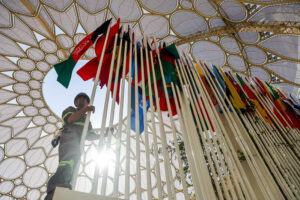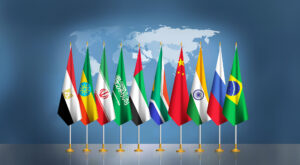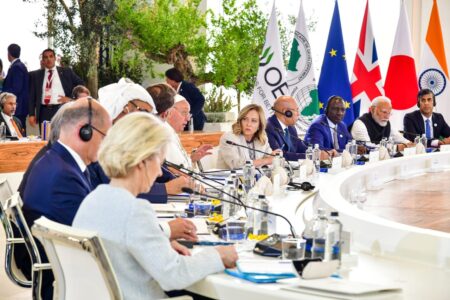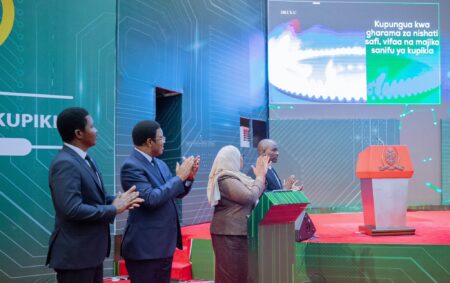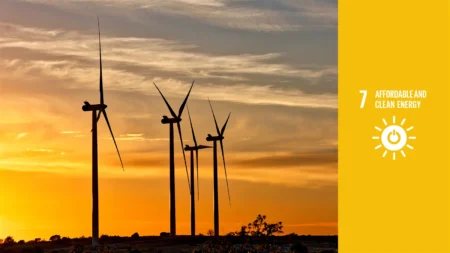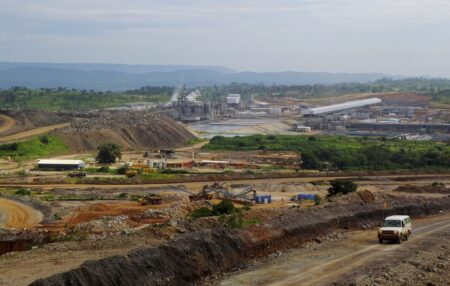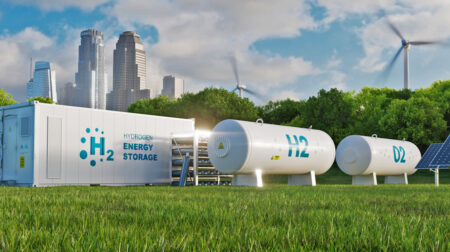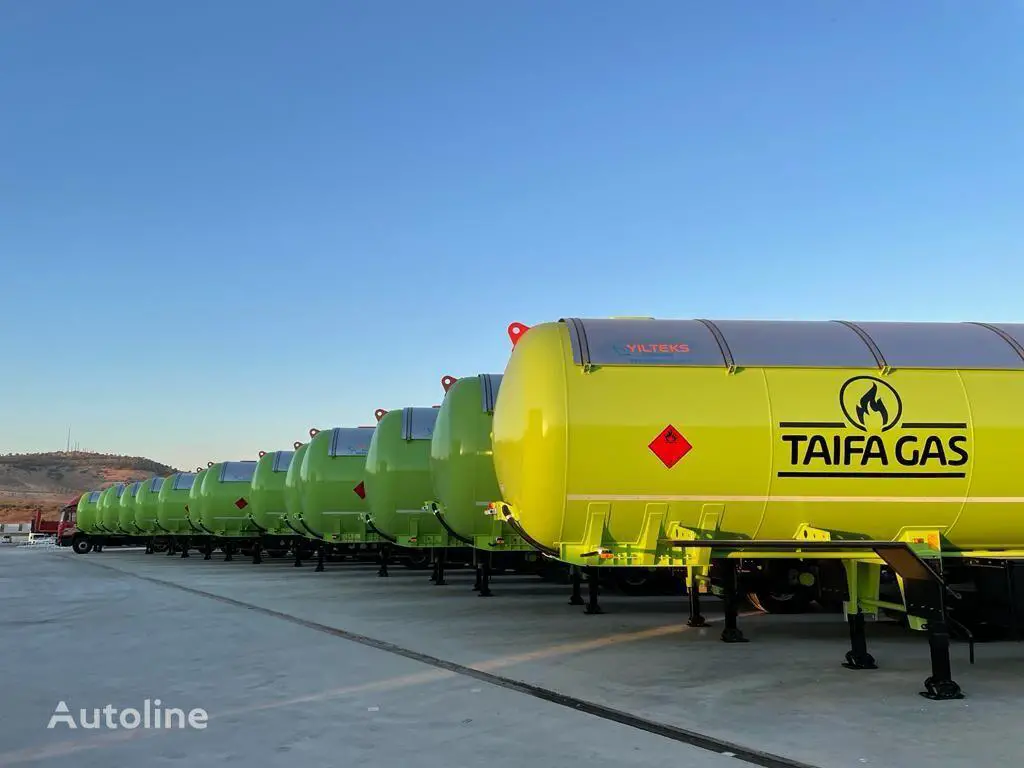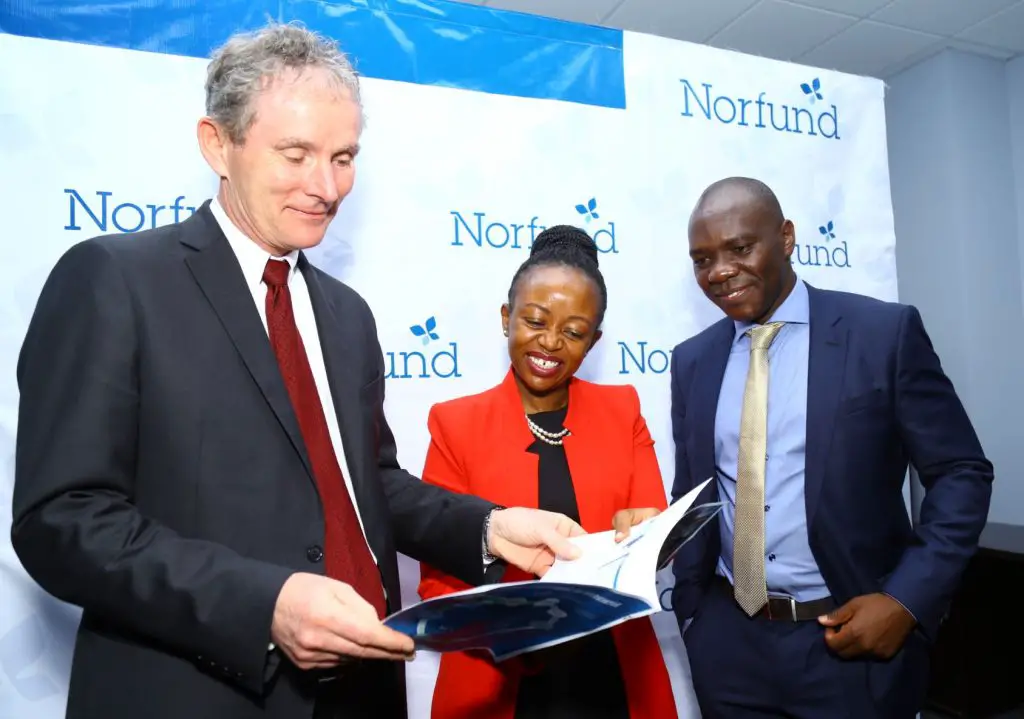- 1.5°C future on the line: Why nations must cut emissions now or lose target
- IMF Growth Forecasts: BRICS to Lead the World in the Next 5 Years
- Vantage Capital seals exit from PickAlbatros Hotels after $18.4M pandemic boost
- Madica backs Earthbond in bold pre-seed bet on sustainable solutions
- Venture capital and debt drive growth in Kenya’s agri-tech sector
- Sustainability Week Africa: Pioneering change amidst climate challenges
- Refugee Crisis in Chad as War and Hunger in Sudan Drive Thousands Across Border
- Senegal 2050: A Blueprint for Economic Transformation
Browsing: Clean energy
- President William Ruto of Kenya urges for reforms to the global financial system to provide Africa with access to long-term concessional finance and greater decision-making power.
- He highlights the critical need for investments in Africa’s infrastructure and clean energy projects to drive sustainable development and economic growth.
- The G7 Summit sought partnerships with African nations, aiming to bridge the continent’s infrastructure gap and support its development goals.
At the 50th G7 Summit held in Borgo Egnazia, Italy, President William Ruto of Kenya made a compelling case for the transformation of the global financial system to better serve Africa. Addressing an audience of world leaders, Ruto called for reforms that would grant the Global South, particularly Africa, access to long-term concessional finance and a greater voice in international decision-making processes.
“Reforming the multilateral global financial system is crucial for enabling Africa to access concessional, long-term, and agile finance,” Ruto emphasized. He …
- Firewood is responsible for killing at least 33,000 people yearly in Tanzania.
- A person who is exposed to firewood smoke for an hour has similar health risks as a person who smokes between 200 and 300 cigarettes.
- Tanzania is estimated to lose nearly 470,000 hectares of forest each year due to the rampant acts of cutting down trees for charcoal and firewood.
The use of clean cooking energy is no longer a luxurious thing. It is a necessity, Tanzania’s President Samia Suluhu Hassan noted recently during the launch of the 10-year National Clean Cooking Strategy in Dar es Salaam. However, this assertion comes at a precedented moment when women such as Magreth are seeking alternative energy.
“We ask President Samia to help us in any way possible with alternative ways of cooking such as gas,” says Magreth Ngole, a resident of Njombe and a frequent user of firewood for cooking …
A new commentary from the International Energy Agency (IEA) on the upcoming World Energy Outlook 2023 has revealed that despite improvements, global access to electricity still needs to catch up to the pace required to meet SDG 7. The commentary supports discussions from the recently concluded United Nations’ SDG Summit on 18-19 September 2023. It is also part of the IEA’s support of the first global stocktake of the Paris Agreement, which will be finalized in the run-up to COP28, the next UN Climate Change Conference, at the end of 2023.…
- To transition from fossil fuels to cleaner more sustainable energy, we need innovation and new technology.
- The earth has an array of minerals that carry huge energy potential that has little to do with burning.
- The World Bank: Harnessing natural resource wealth provides an opportunity to improve fiscal and debt sustainability of African countries
The race to combat global climate change challenge is offering Africa a fresh opportunity to attract investments in the decarbonization industry as countries adopt clean energy. The known patterns are gone, we now have unpredictable weather changes and ever-so-frequent catastrophic weather events all caused by global climate change.
The effect is desertification where there was vegetation, floods where land was arid, melting glaciers from the North Pole to Kilimanjaro, famine, food insecurity, and disease, all because of the energy we used to industrialize, it is time for the energy transition.
To transition from fossil fuels to …
- Green hydrogen is defined as hydrogen produced by splitting water into hydrogen and oxygen using renewable electricity.
- Green hydrogen is the future for Africa, especially in the wake of transitioning from old ways of energy production to modern systems featuring clean, renewable energies.
- The conversation on clean and renewable energy has become interesting over the years as technology and finance in the sector grows.
Africa has the potential to produce $1.06 trillion worth of Green hydrogen energy, according to a European Investment Bank report dubbed ‘Africa’s Extraordinary Green Hydrogen Potential’.
Global demand for hydrogen is projected to rise seven fold by 2050, with Egypt, Kenya, Mauritania, Morocco, Namibia and South Africa primed to ride the demand for green energy.
Another report by Africa Green Hydrogen Alliance by 2050 asserts that green hydrogen could increase the GDP of the six nations by $126 billion, equivalent to 12 percent of their GDP.…
On a broader scale, gas is relatively cheaper than charcoal. Government reports note that an average cost of a family on energy stands at $51 per month, preferably going to charcoal as an option. Meanwhile, the same family could revert the prices and invest in a 15 kg cylinder of gas sold at $20 (The Citizen).
The LPG industry in Tanzania stands to change for the better as consumption increases. At the helm of introducing new investments in the oil and gas sector, Tanzania’s LPG industry is slated for the best.
On a comparison basis, the Tanzania LPG industry is doing relatively well compared to the past years. Via Taifa Gas Limited, 35 plans and storage facilities have been established since 2016.…
Findings show that increasing costs in every market due to a year of supply disruption did not deter data centre demand in most markets including Nairobi and Johanessburg.
The two African capitals were among 44 other locations that were surveyed.
According to the study, despite the negative impact of the coronavirus pandemic, demand remained relatively steady when compared to other industries owing to governments’ decisions to make working and schooling from home mandatory. …
Norfund, the Norwegian financial institution, an active strategic minority investor – wholly owned and funded by the Norwegian Government has unveiled its three-year strategy in East Africa. Norfund is a significant investor in the region, having been instrumental in realizing the Lake Turkana Wind Power Project and as a major investor in Equity Bank.
The fund’s new strategy incorporates scaling up investments in the manufacturing and agribusiness sectors, as well as a new investment pillar on green infrastructure, including waste management, access to clean water, transmission lines and power storage.
Norfund has been investing in East Africa for over 20 years with investments in clean energy constituting almost 40% of its portfolio in the region. Some of Norfund’s investments include projects such as Globeleq, Lake Turkana Wind Power, Bujagali Hydro Power and M-KOPA.
The new green infrastructure pillar which includes investments in waste management will complement Norfund’s existing investment focus …
